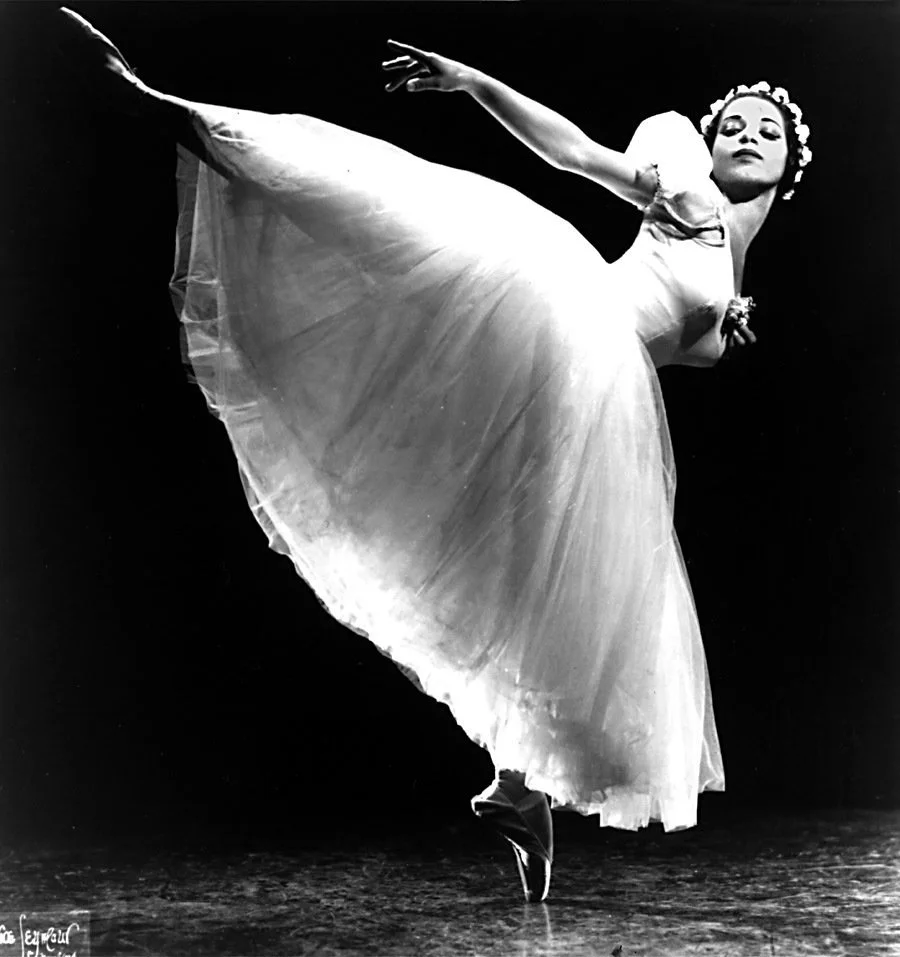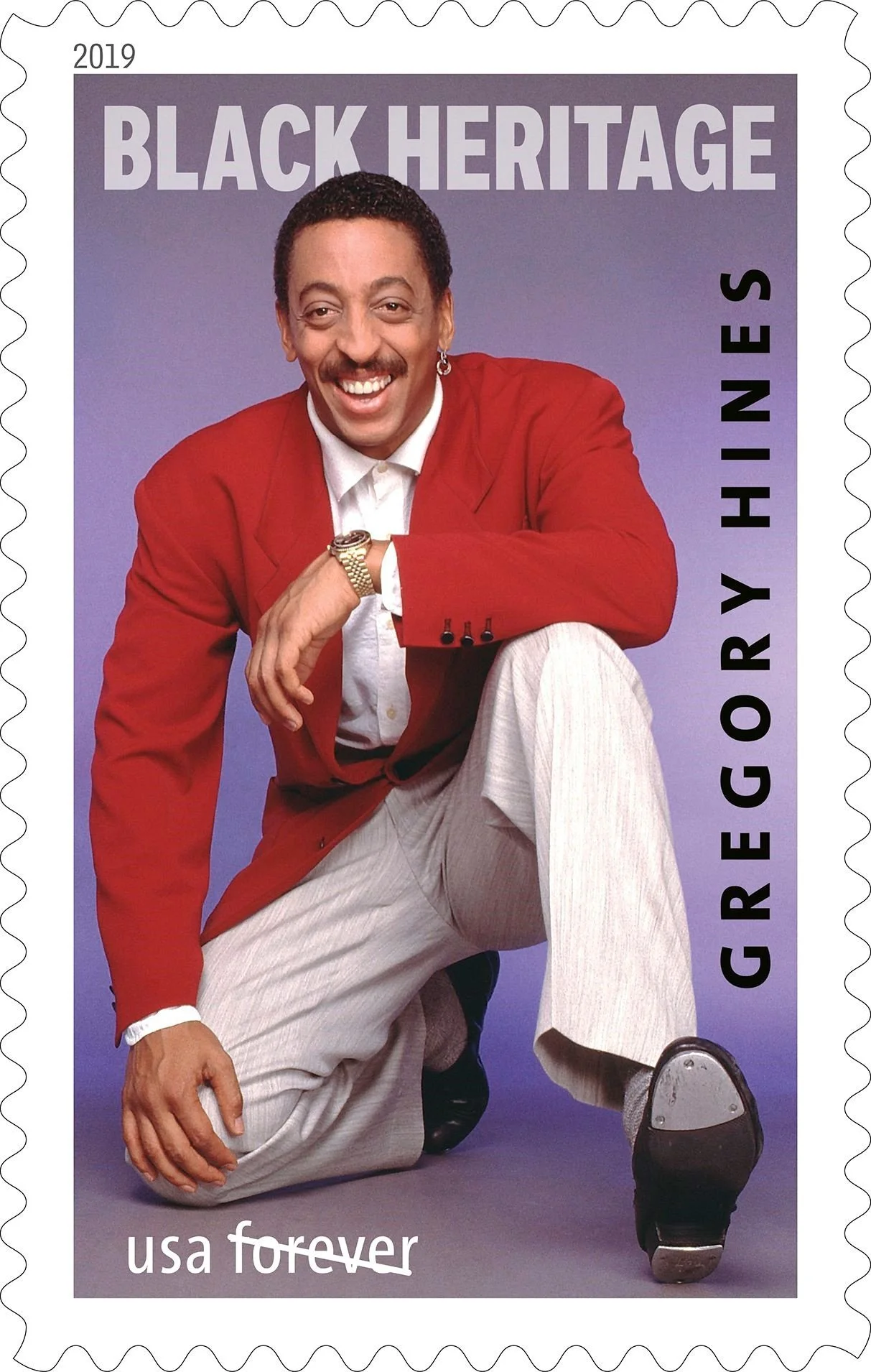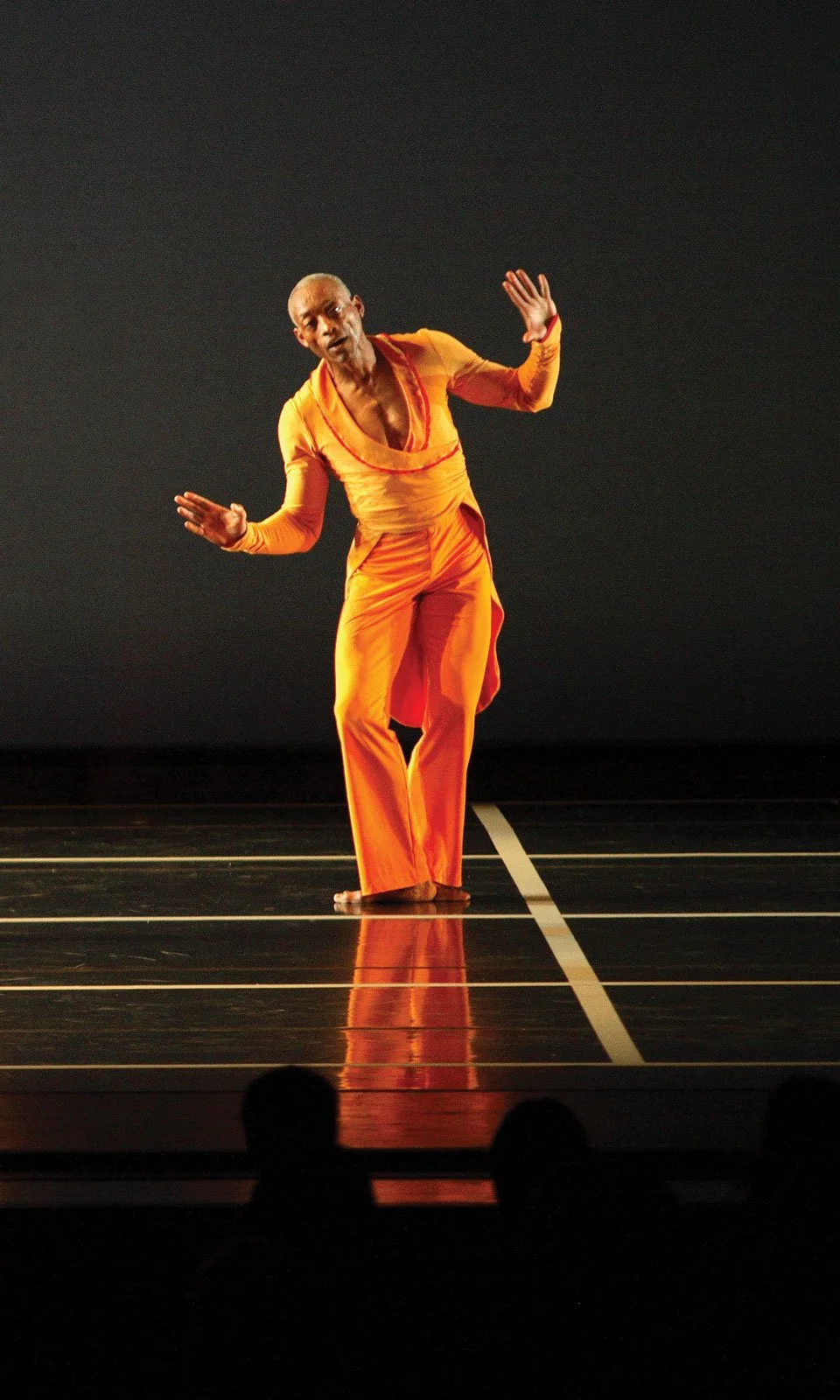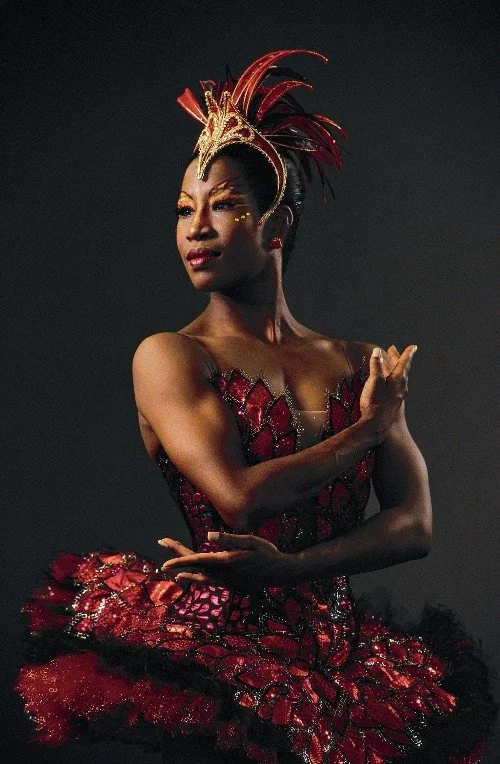February: Black History Month
Inspiring dancers born in February who broke through barriers to pursue a career in dance
Born February 2, 1935, ballerina Raven Wilkinson (1935-2018) began dancing with the Ballet Russe de Monte Carlo in 1955, becoming the first African American woman to dance for a major ballet company. She performed with the company for six years and for the Dutch National Ballet until 1974, when she returned to the United States to perform for the New York City Opera until 2011.
Raven Wilkinson
Tap dancing legend Gregory Hines (1946-2003) celebrated his birthday on Valentine’s Day. His career included both Broadway shows, such as Sophisticated Ladies in 1981 and Jelly’s Last Jam in 1992, and films, such as White Nights in 1985 (alongside ballet dancer Mikhail Baryshnikov) and the 1989 movie Tap, which featured several generations of tap dancers. Hines advocated for the creation of National Tap Dance Day in 1989, now celebrated annually on May 25, and his image is featured on a postage stamp issued in January 2019.
Gregory Hines
Contemporary dancer and choreographer Bill T. Jones (born February 15, 1952), originally a student-athlete, was inspired to dance after taking contact improvisation classes. His dance works include spoken word and video along with dance, and these works often explore issues of race and identity. Jones had a hit show on Broadway, Spring Awakening (2006), that has also been produced at the West End in London.
Bill T. Jones
Houston Ballet’s Lauren Anderson (born February 19, 1965) broke barriers even before Misty Copeland’s historic promotion to principal dancer at the American Ballet Theatre. Anderson became one of the first black principal dancers performing for a major American ballet company in 1990, dancing with the company until 2006.
Lauren Anderson
Tap dancer Bunny Briggs (1922-2014), born on February 26, was inspired to dance after seeing legendary tap dancer Bill “Bojangles” Robinson perform live. Briggs learned to dance like many tap artists—by watching and mimicking other tap dancers—and he began performing at the age of five. He toured with big bands in the 1940s and appeared on TV variety shows in the 1960s. He became a mentor to Savion Glover, one of the next generation of tap dancers, during the revitalization of tap dance in the 1990s.




